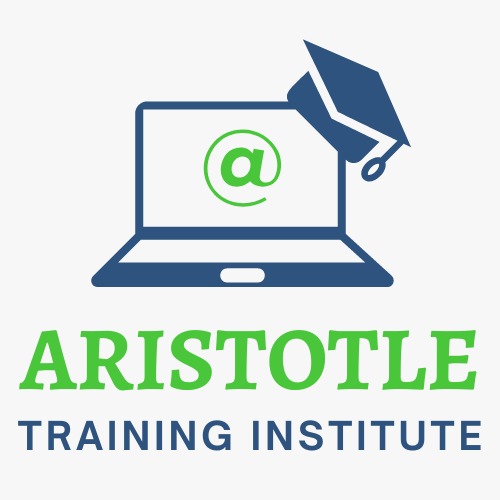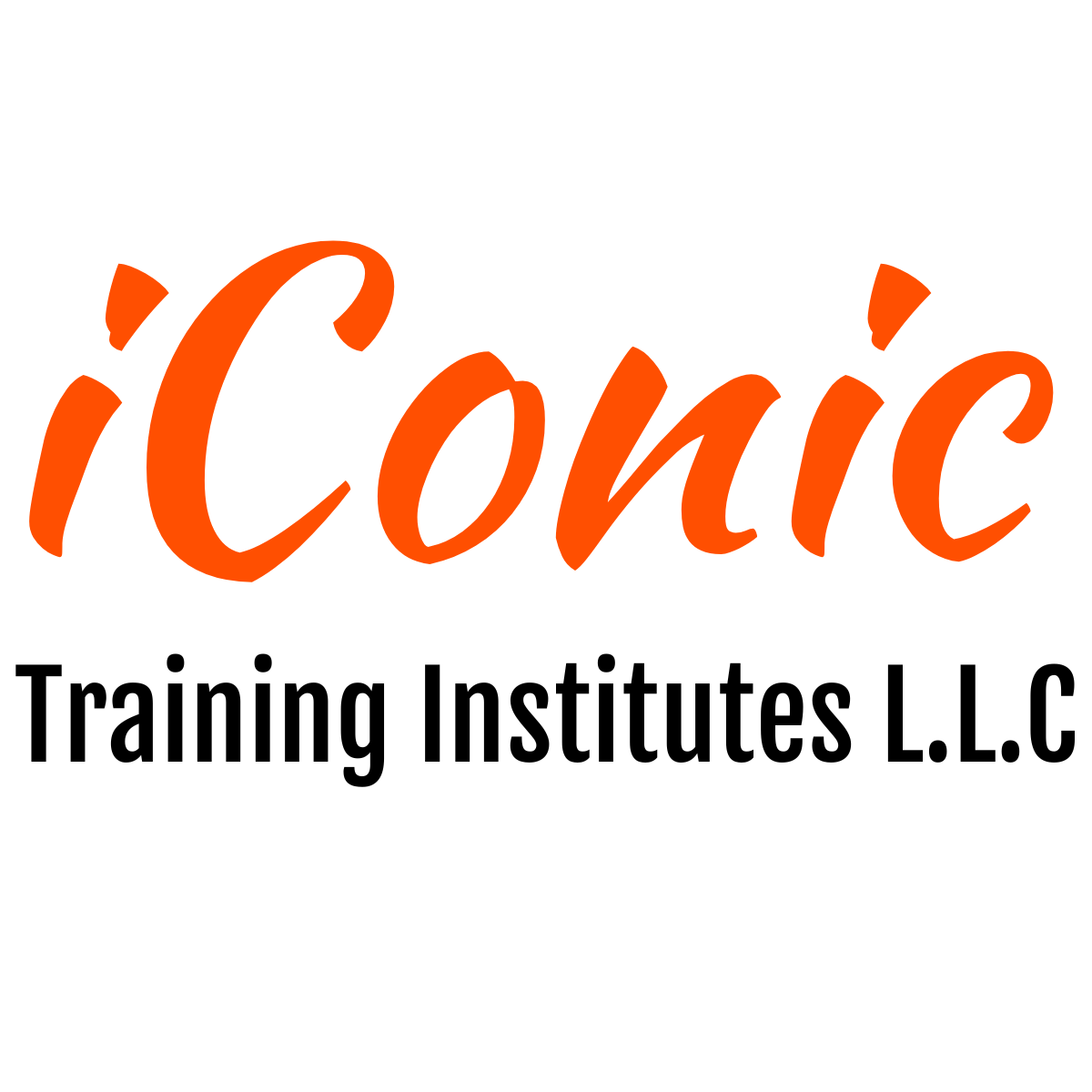This course will prepare healthcare professionals for leadership roles in patient safety and provide the foundation for further study in patient safety.

This course is designed to provide healthcare professionals with the knowledge and skills required to understand and implement patient safety principles and practices. Students will learn about the importance of patient safety in healthcare, healthcare errors and their causes, and strategies for preventing and managing healthcare errors.
This course will also cover patient safety culture, patient-centered care, and the impact of technology on patient safety.
Course Outline:
I. Introduction to Patient Safety
Overview of patient safety in healthcare
Understanding the impact of healthcare errors on patients and healthcare organizations
Importance of a culture of safety in healthcare
II. Healthcare Errors and Their Causes
Overview of healthcare errors
Understanding the types and causes of healthcare errors
Strategies for preventing healthcare errors
III. Patient Safety Culture
Overview of patient safety culture
Understanding the role of leadership in creating a culture of safety
Strategies for improving patient safety culture
IV. Patient-Centered Care
Overview of patient-centered care
Understanding the impact of patient-centered care on patient safety
Strategies for implementing patient-centered care
V. Technology and Patient Safety
Overview of the impact of technology on patient safety
Understanding the role of technology in healthcare errors
Strategies for utilizing technology to improve patient safety
VI. Patient Safety Management
Overview of patient safety management
Understanding the principles of risk management in patient safety
Strategies for managing patient safety incidents and adverse events
VII. Communication and Teamwork in Patient Safety
Overview of communication and teamwork in patient safety
Understanding the impact of communication and teamwork on patient safety
Strategies for improving communication and teamwork in patient safety
VIII. Patient Safety in Special Populations
Overview of patient safety in special populations (e.g. pediatrics, elderly, mental health)
Understanding the unique patient safety challenges in special populations
Strategies for addressing patient safety in special populations
IX. Patient Safety Education and Training
Overview of patient safety education and training
Understanding the role of education and training in improving patient safety
Strategies for developing and implementing patient safety education and training programs
X. Case Studies and Project-Based Learning
Analysis of real-world case studies in patient safety
Project-based learning to apply knowledge and skills in patient safety
Collaborative learning and peer review for feedback and improvement
Apex Eagles Institute provides opportunities for individuals and communities through industry-weathered experience and international standards of learning, that bridge people through knowledge and push personal and professional limits.
7 years
(Institute Review)
55 years ago(Institute Review)
55 years ago
AMCA Exam Preparation course

This comprehensive course covers key concepts, best practices, and strategies to ensure patient safety across various healthcare settings.

The Patient Safety course is designed to be interactive and engaging, with a range of learning activities, including lectures, discussions, case studies, and practical exercises.

A medication safety officer’s primary role is to reduce the risk of mortality and injuries related to medication use by creating or improving medication safety programs.

Certified Professional in Patient Safety (CPPS)™ is a designation earned by professionals who have demonstrated their competency in the core standards of patient safety and application.

© 2025 www.coursetakers.ae All Rights Reserved. Terms and Conditions of use | Privacy Policy